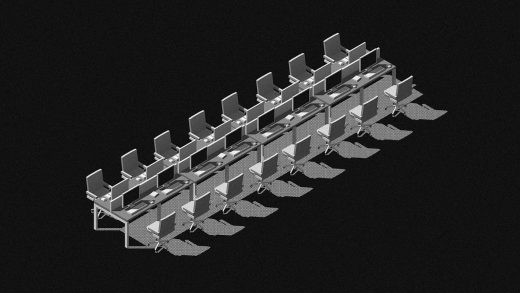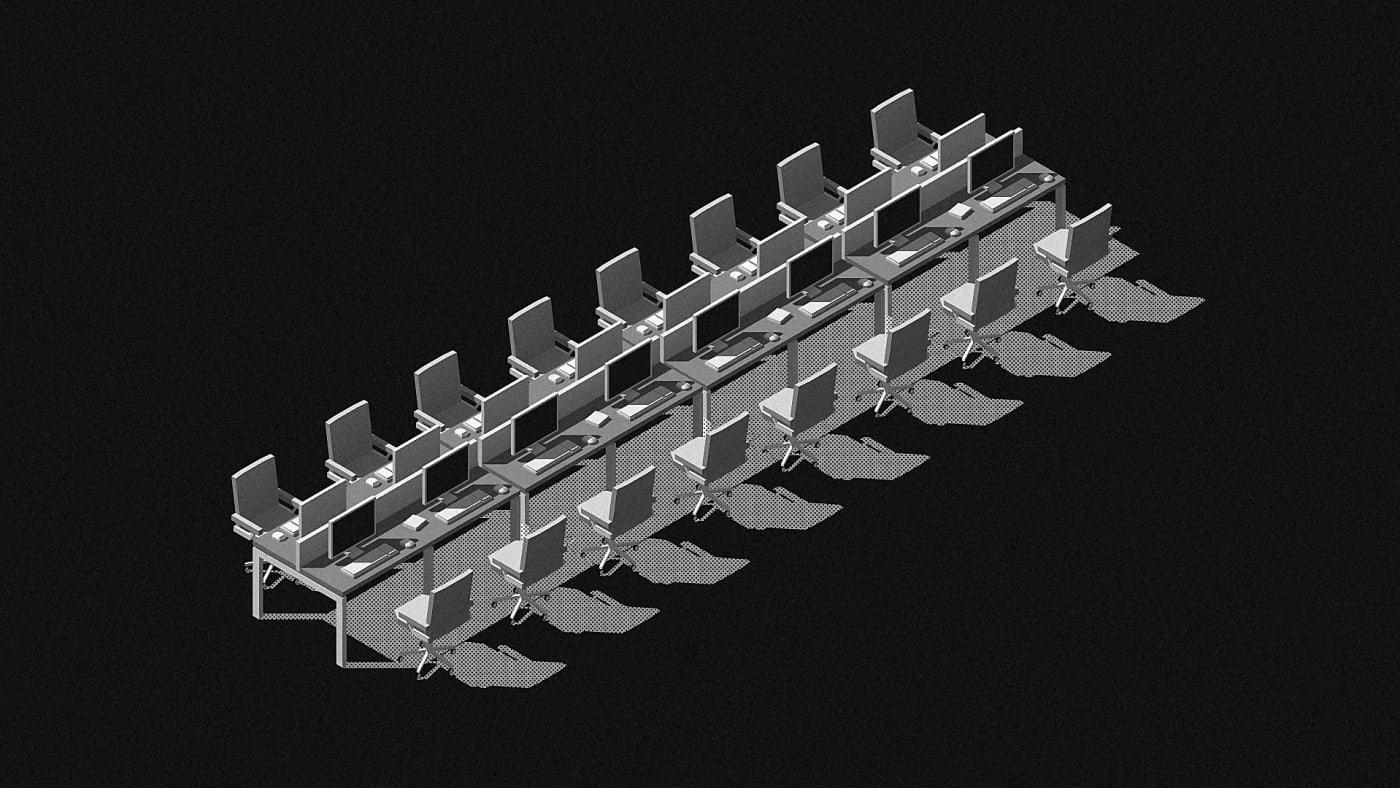Here’s the final nail in the coffin of open plan offices
By Libby Sander
This post originally appeared on The Conversation.
Open plan offices have taken off because of a desire to increase interaction and collaboration among workers. But an innovative new study has found that employees in open plan offices spend 73% less time in face-to-face interactions. Email and messaging use shot up by over 67%.
The study is the first to track the impacts of open plan offices using objective measures of communication. It used electronic badges and microphones to monitor interactions among employees and tracked changes in email use. The findings build on previous research, which has found, for instance, open plan work environments compromise employees’ ability to focus and concentrate on their work.

Why go open plan?
Theoretically, there are good reasons to move to an open plan office. Our social environment plays a big role in our ability to be proactive and motivated. And success in modern workplaces is often driven by how well individuals interact with each other and with the organization.
Research has shown that the time employees spend on “collaborative activities” has “ballooned by 50% or more” in the past two decades. Workplaces that facilitate more frequent and higher-quality contact with others have been shown to have improved communication and collaboration on tasks, job satisfaction, and social support. The design of the workplace significantly influences this, by supporting or detracting from interdependent work.
Building a strong sense of community has been a key factor in the success of the coworking space provider WeWork. This has been largely achieved through the physical work environment–clean spaces, narrow hallways, communal kitchens, and the like.
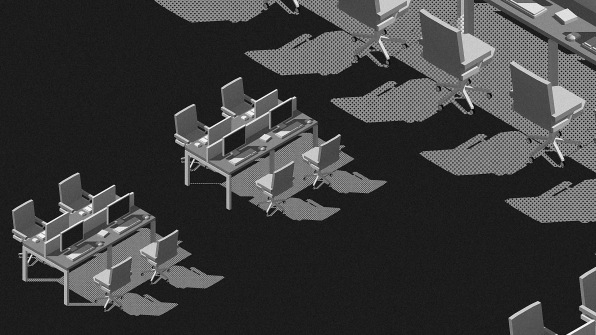
Privacy and concentration are critical
But despite the pursuit of collaboration in workplaces, the need for concentration and focused individual work is also increasing. And research shows that when employees can’t concentrate, they tend to communicate less. They may even become indifferent to their coworkers.
Knowledge work requires employees to attend to specific tasks by gathering, analyzing, and making decisions using multiple sources of information. When any of these cognitive processes are interrupted, inefficiency and mistakes increase.
Being able to focus on a task without interruption or distraction is an essential foundation for effective work. But research suggests that poor design can have unintended consequences–increasing the cognitive load on workers through high density or low privacy, both of which increase distraction.
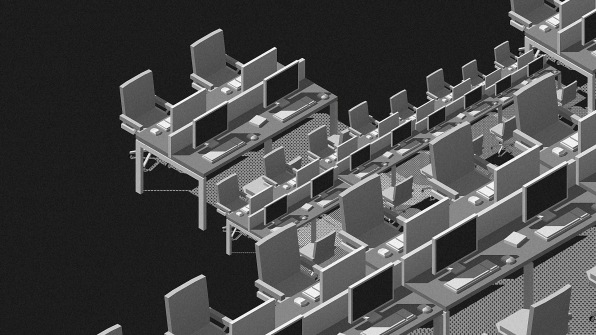
Why open plan doesn’t necessarily lead to collaboration
In many open plan offices, the drive for increased interaction and collaboration comes at the expense of the ability to focus and concentrate. When distraction makes it hard for employees to focus, cognitive and emotional resources are depleted. The result is increasing stress and errors, undermining performance. When employees can’t concentrate on their work, their desire to interact and collaborate with others is reduced.
In addition, new research suggests that increased crowding in the workplace and low levels of privacy lead to defensive behaviors and strain workplace relationships. Other aspects of workplace design, such as views of nature or access to daylight, can replenish cognitive resources even in the presence of distractions.
An aesthetically pleasing environment may provide an experience that is restorative. Additionally, research has shown that aesthetically pleasing workplaces can help create trust within organizations.
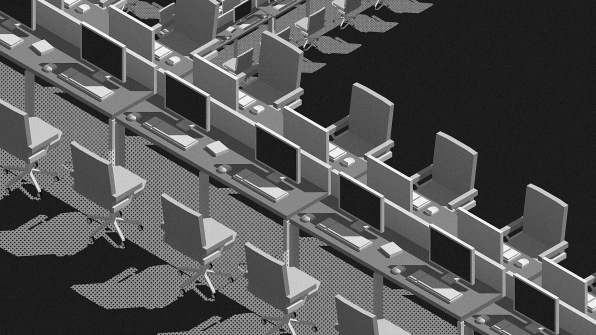
Getting the balance right
Emerging research has shown that individuals view similar work environments differently. Rather than a one-size-fits-all approach, as is traditional in open plan design, work environments should provide various options that support employees working effectively.
Evolving models of workplace design are seeking to achieve this, by providing different zones for different types of work and different needs. However, the effect of shared desk arrangements in these types of environments requires further investigation. Many employers are heavily focused on driving collaboration and interaction at the expense of privacy and concentration. This has negative outcomes for both productivity and work relationships.
Organizations should focus on providing workplaces that support the requirements for privacy and focus, as well as interaction and collaboration. To achieve this, greater emphasis needs to be placed on both visual and auditory privacy, particularly the use of acoustic treatments, as well as the layout and appearance of the workplace as a whole.
(23)

